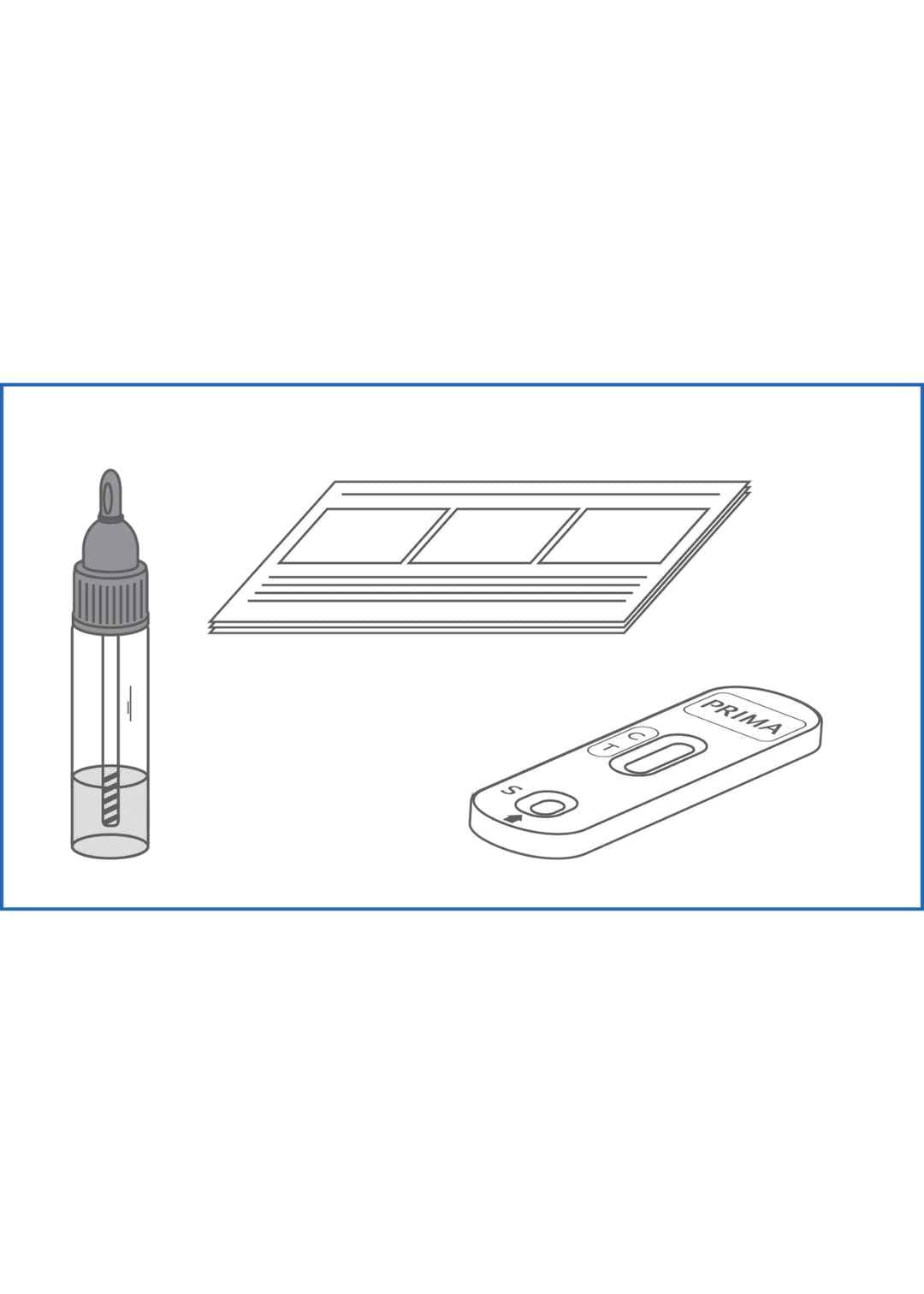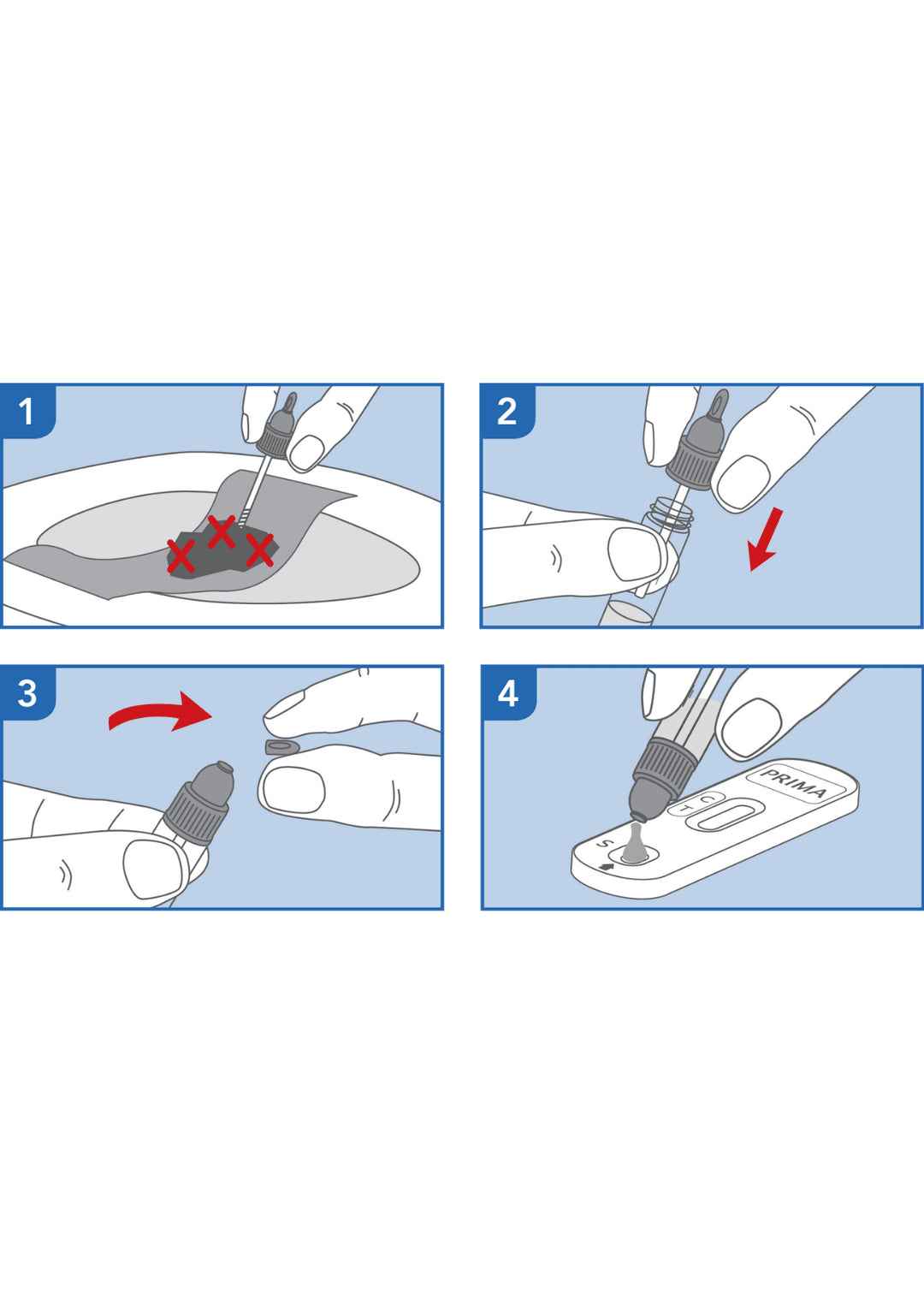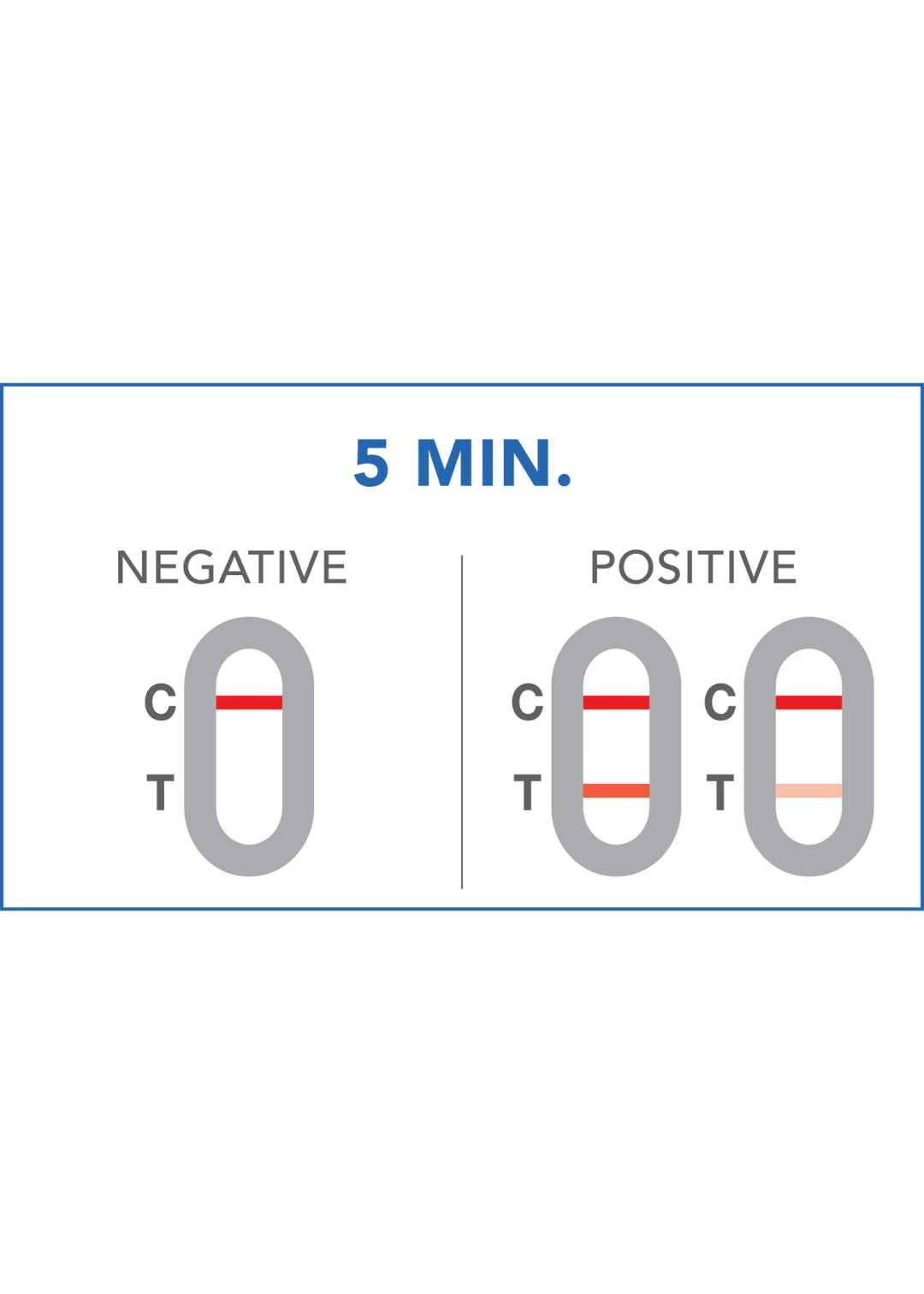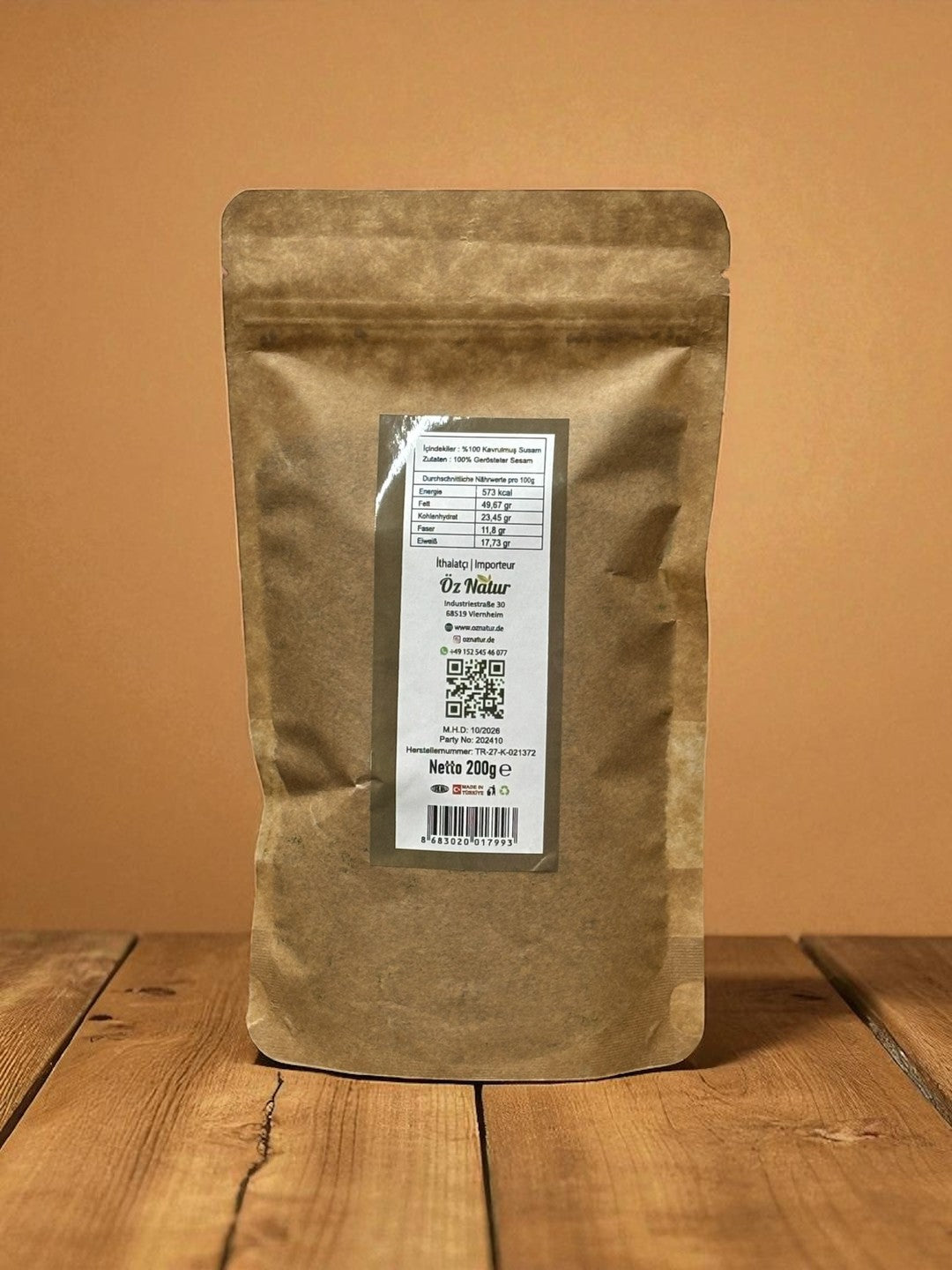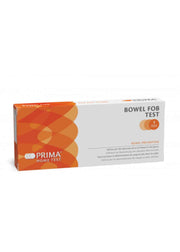PRIMA Intestinal Bowel FOB Test (made in Switzerland)
Self-test for the determination of occult blood in faeces
Content: 1 piece
OCCULT BLOOD IN FAECES
The acronym FOB indicates the presence of occult blood in the stool, due to various diseases of the gastrointestinal tract such as: Polyps, ulcers, colitis, diverticula, fissures, haemorrhoids or tumours.
The symptoms of these lesions often go unnoticed in the initial phase of the disease, so the search for occult blood in faeces is an important screening test that allows the presence of diseases of the gastrointestinal system to be detected at an early stage.
WHO IS THE TEST AIMED AT?
BOWEL-FOB-TEST is useful to detect the presence of blood in the faeces, which in some cases is not visible to the naked eye, especially over the age of 45.
In some cases, the presence of occult blood in the faeces is not clearly visible to the naked eye, so it is useful to use equipment capable of doing so, without restrictions on food intake, before using it.
TECHNICAL DATA
BOWEL-FOB TEST is an immunochromatographic device that detects minute amounts (over 40 ng/mL) of occult blood in stool samples.
Specificity 99%
Sensitivity 78.7%
Accuracy 92.6%
CONTENTS
- 1 test cassette
- 1 dropper bottle with collection stick, contains diluent
- 1 sample collection sheet
- Instructions for use
USE
1. collect the sample with the sample collection sheet
2. unscrew the cap of the dropper bottle, dip the sampling stick into the sample at 3 different points and screw the cap back on;
3. break off the end of the cap, release the dropper part and add 3 drops of the diluted sample to the well (S) indicated on the cassette;
4. wait 5 minutes to read the result.
INTERPRETATION OF THE RESULTS
Negative:
No occult blood was detected in the faeces or its concentration is below the limit.
Positive:
The presence of occult blood in the stool has been detected. Positive results can also be obtained with haemoglobin concentrations between 40 ng/mL and 36 ng/mL. It is recommended to carry out further tests with your doctor.
Questions & Answers:
What happens if the times for reading the results are not observed?
The test has been performed correctly if the instructions for use have been followed, including the reading time and interpretation of the results given in the ‘INTERPRETATION OF RESULTS’ section of the instructions for use.
How can you check whether the test has worked correctly?
A coloured line appears in the control area (C) of the test device, indicating that the test has been performed correctly. If this line is not present, the test should be repeated with a new device and a new sample.
How should the test be interpreted if the control and test lines have different intensities?
The colour and intensity of the bands are not important for the interpretation of the result. The test is considered positive regardless of the intensity of the colour of the test line (T).
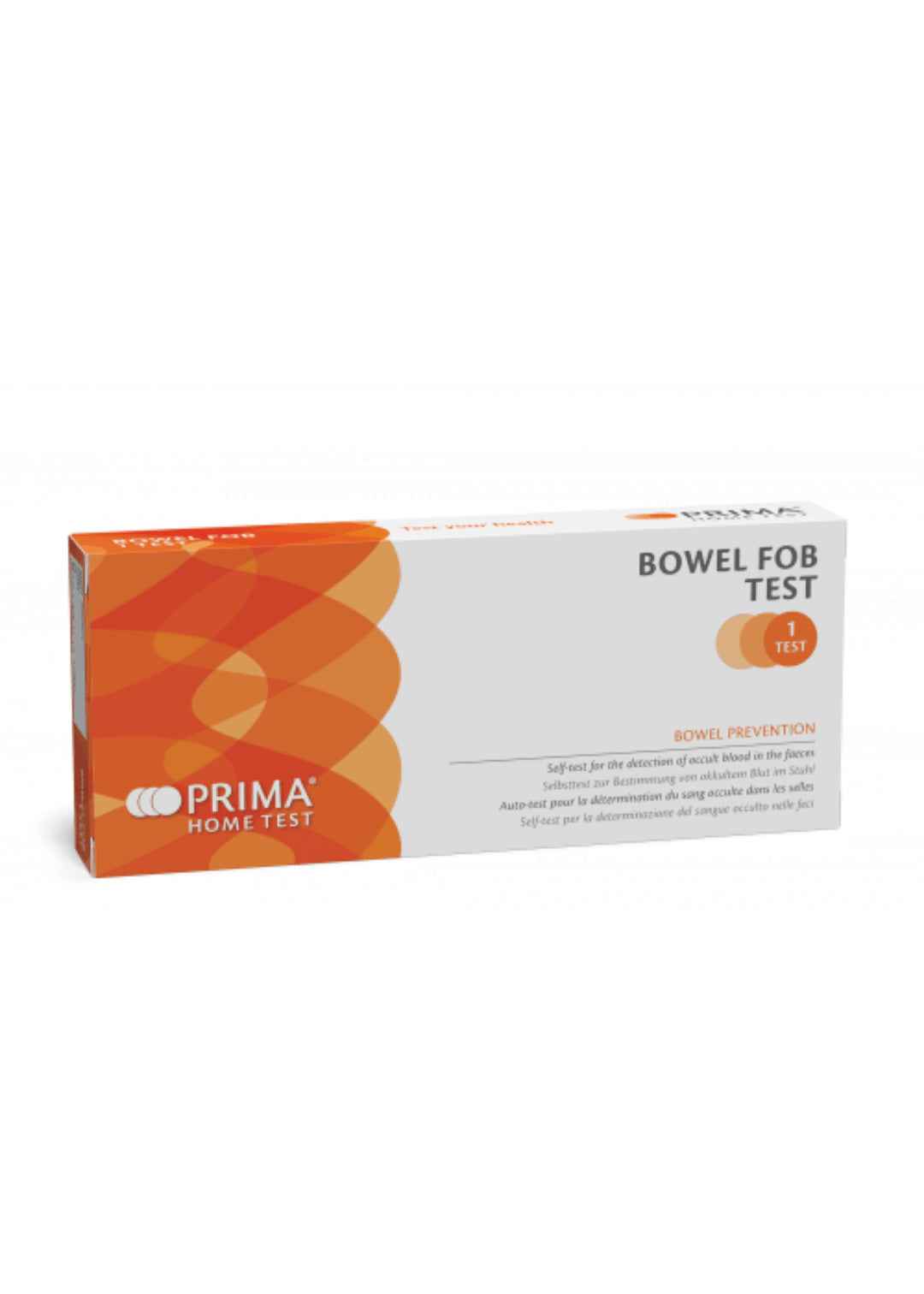
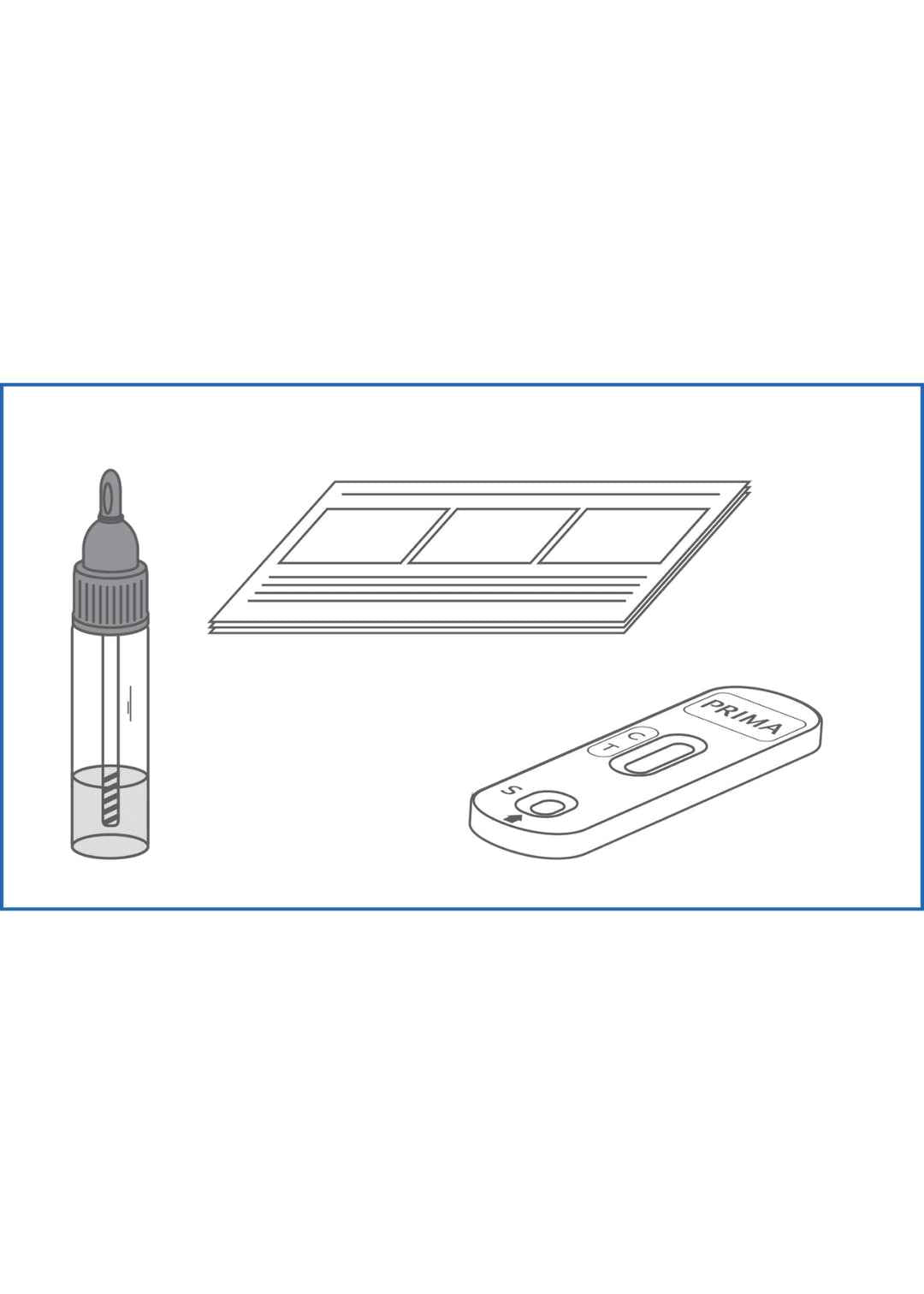
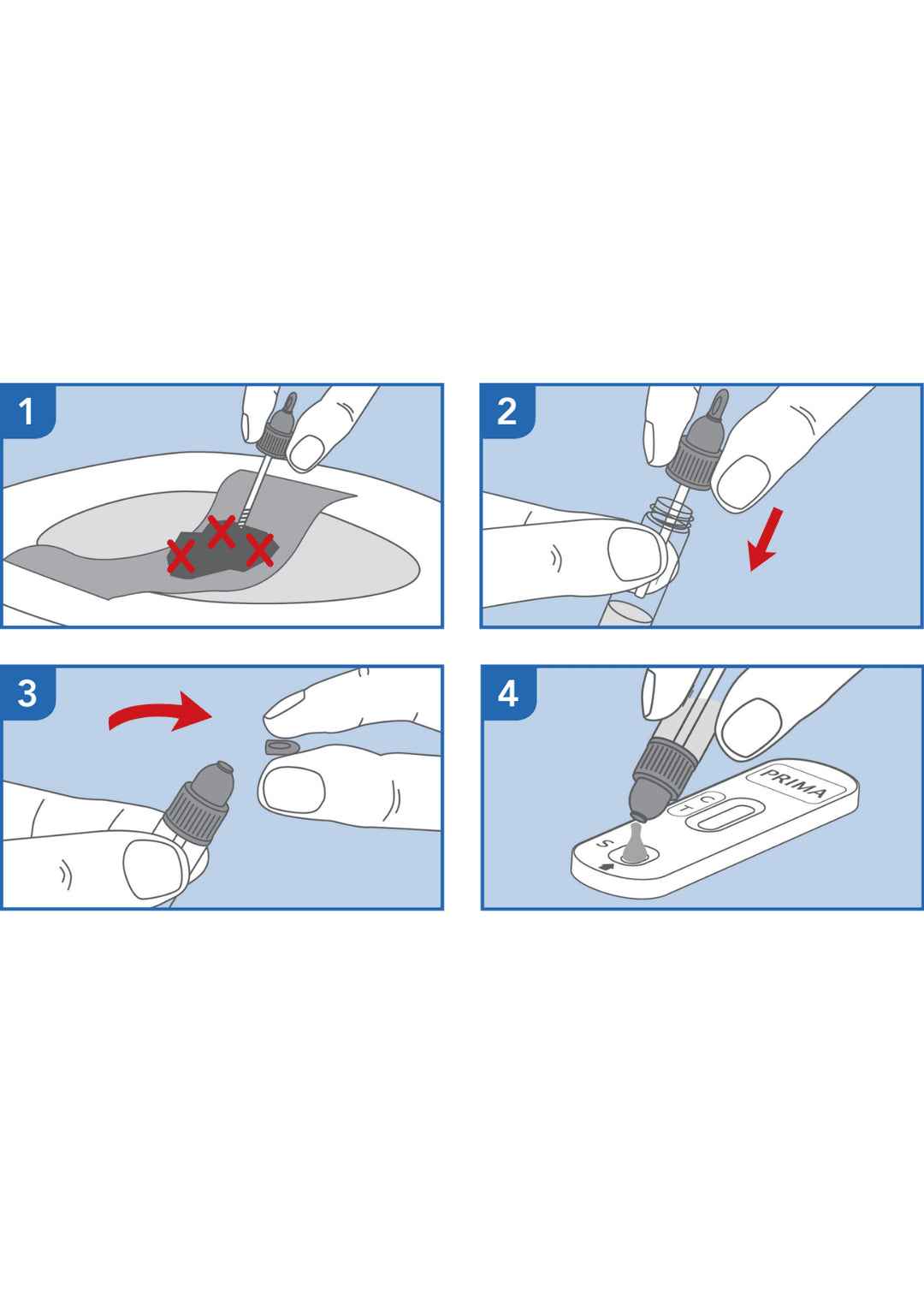
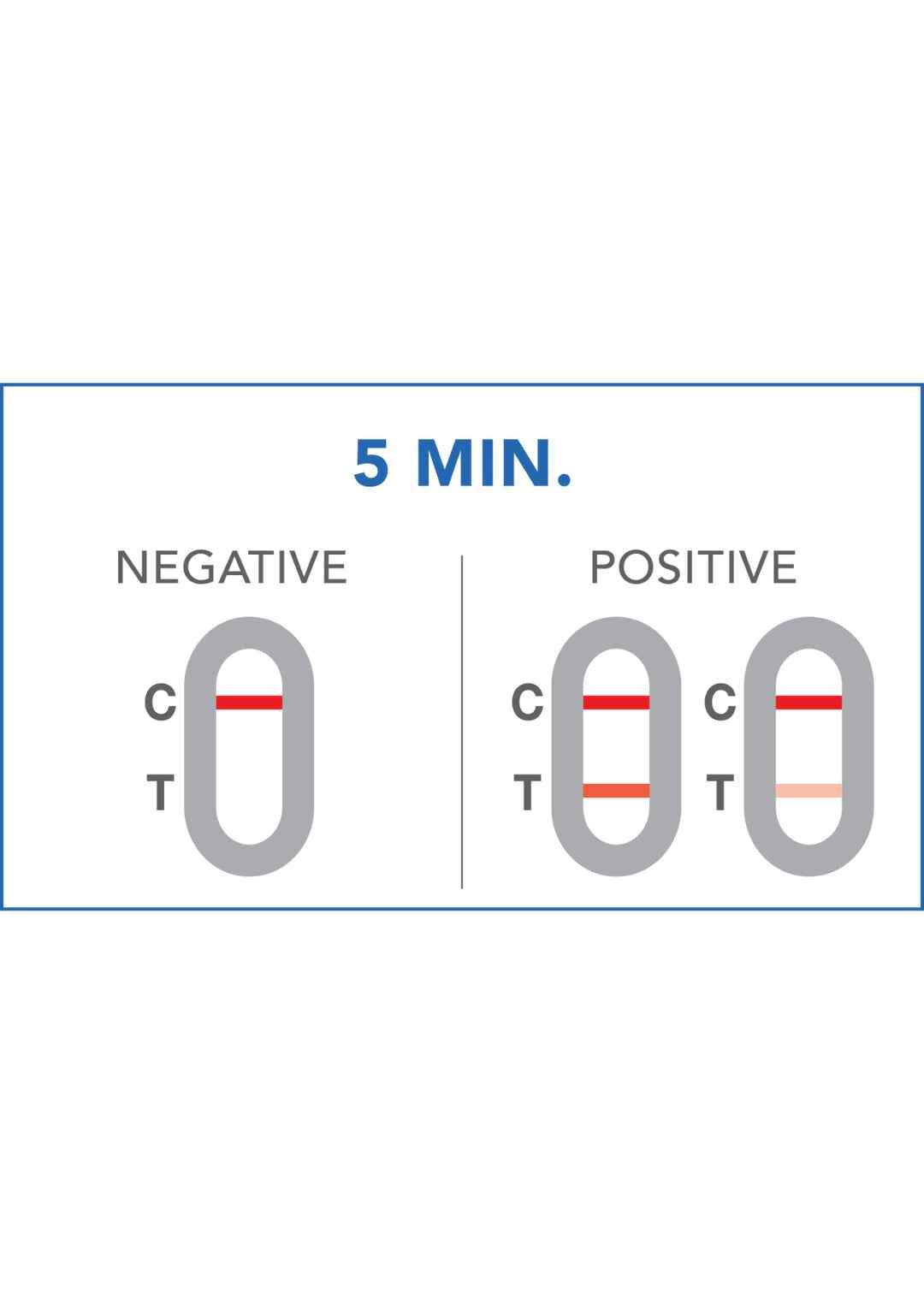
 Jetzt shoppen und in bis zu 30 Tagen bezahlen
Jetzt shoppen und in bis zu 30 Tagen bezahlen
 Klarna ile 30 güne kadar ödeme imkanı*
Klarna ile 30 güne kadar ödeme imkanı*
 Shop now and pay in up to 30 days
Shop now and pay in up to 30 days
 Immer Frisch!
Immer Frisch!
 Lieferzeit 1-5 Arbeitstage!
Lieferzeit 1-5 Arbeitstage!
 Zuverlässige Zahlungsoptionen!
Zuverlässige Zahlungsoptionen!
 Sicherer Versand nach ganz Europa!
Sicherer Versand nach ganz Europa!
 Kostenloser Versand nach Deutschland ab 100 Euro!
Kostenloser Versand nach Deutschland ab 100 Euro!



